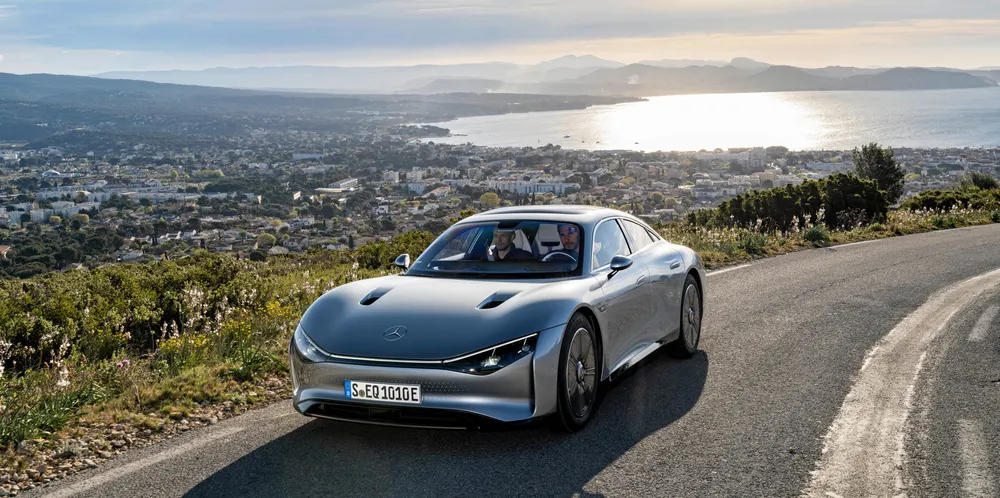Does prototype Mercedes EV kill one of the main arguments in favour of hydrogen cars?
Vision EQXX has real-world range of 1,000km — much longer than fuel-cell competitors — with double the efficiency of existing electric vehicles

Vision EQXX has real-world range of 1,000km — much longer than fuel-cell competitors — with double the efficiency of existing electric vehicles
